1. Lockheed Martin – Post-9/11 Military Boom
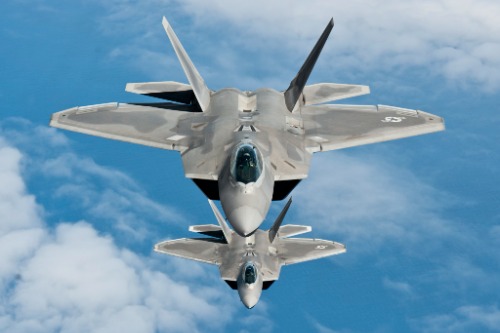
Lockheed Martin was already a major player in the defense industry, but the September 11 attacks significantly increased its influence, according to W.J. Hennigan from the Los Angeles Times. In the years following 9/11, the U.S. dramatically ramped up defense spending, especially in aerospace and weapons systems. Lockheed was awarded massive contracts for fighter jets like the F-22 and later the F-35, making it one of the top beneficiaries of this military buildup. The tragedy opened the door for the company to solidify itself as a cornerstone of American military power.
As the wars in Iraq and Afghanistan escalated, Lockheed’s role expanded even further. From surveillance systems to missile defense technology, their products became essential in U.S. military operations abroad. The company’s revenue surged, and it became deeply embedded in U.S. national security strategy. While the context was grim, Lockheed Martin’s rise was undeniably linked to post-9/11 policies.
2. Raytheon – Homeland Security’s Favorite
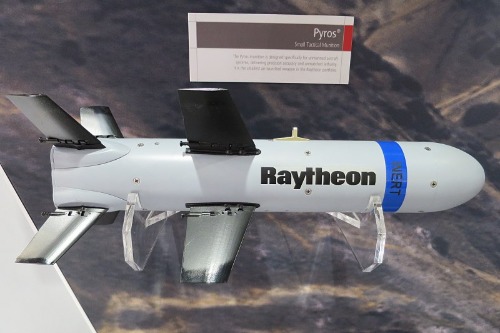
Raytheon saw a huge opportunity in the aftermath of 9/11, particularly with the formation of the Department of Homeland Security in 2002. The company specialized in missile systems and radar technology, which suddenly became incredibly valuable. It scored numerous government contracts for border security, airport surveillance, and anti-missile defense systems. Raytheon’s technology was seen as a way to prevent the next big attack.
This focus on safety and surveillance helped Raytheon grow into a top-tier defense contractor, according to Patrick Howell O’Neill from CyberScoop. Their partnerships with the government skyrocketed, and they became central to the post-9/11 security apparatus. Later, their merger with United Technologies in 2020 only strengthened their position. What began as a tragic chapter for the country turned into a major growth period for Raytheon.
3. Halliburton – The Iraq War Windfall

When the U.S. invaded Iraq in 2003, Halliburton was ready. The company, known for its oilfield services and logistics operations, received billions in government contracts for everything from building bases to feeding troops, according to Angie Drobnic Holan from PolitiFact. One of its subsidiaries, KBR, became synonymous with war-zone contracting. Their close ties to government officials—including former Vice President Dick Cheney—only added to their profile during the war.
Despite controversies and investigations, Halliburton profited immensely from the chaos of war. Its revenues spiked, and it became one of the most visible corporate names tied to the post-9/11 military surge. While critics pointed to war profiteering, investors saw an aggressive company capitalizing on a major geopolitical shift. In the shadow of tragedy, Halliburton experienced a dramatic rise in both power and profit.
4. Zoom Video Communications – COVID-19’s Virtual Lifeline
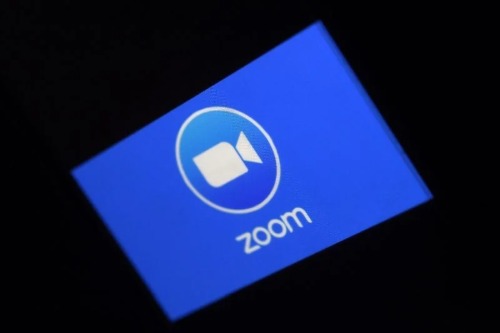
Though not tied to 9/11, Zoom’s explosive rise came from another national crisis: the COVID-19 pandemic. Practically overnight, remote work became essential, and Zoom became the go-to tool for everything from office meetings to virtual weddings. Before 2020, it was a relatively niche player in a crowded field. But by mid-2020, it had become a verb—everyone was “Zooming.”
Its user base exploded from millions to hundreds of millions in a matter of weeks. Schools, corporations, and even courtrooms turned to Zoom to stay connected. The pandemic redefined how America works, learns, and socializes—and Zoom was right at the center of it. From quiet startup to essential infrastructure, Zoom’s rise proves that not all power surges come from the military-industrial complex.
5. Boeing – From Planes to Patriots
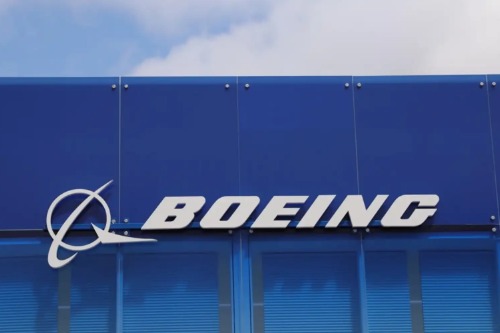
After 9/11, Boeing was hit hard at first—commercial aviation plummeted. But it didn’t take long for the company to pivot toward defense, especially as military spending surged. Boeing Defense, Space & Security became one of the company’s most important arms, according to Valerie Insinna from Breaking Defense, producing fighter jets, surveillance systems, and drones. Its transformation was a survival move that turned into a long-term strategy.
The government leaned heavily on Boeing for both war and homeland defense solutions. The company produced military aircraft and helped upgrade communication systems critical for the military’s evolving needs. In many ways, Boeing’s resilience post-9/11 helped define its trajectory for decades to come. While commercial aviation was slow to recover, Boeing’s defense side soared.
6. Blackwater (Now Academi) – Private Security on the Rise
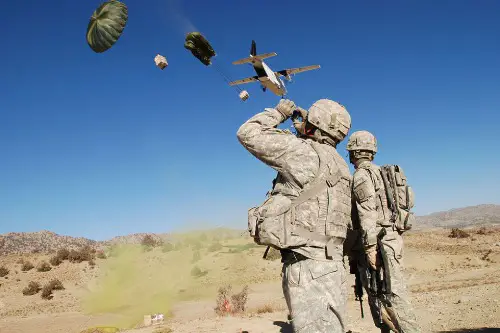
In the early 2000s, Blackwater was a relatively unknown private security firm. But as the U.S. government struggled to manage sprawling operations in Iraq and Afghanistan, Blackwater stepped in. It was contracted to protect diplomats, train foreign security forces, and secure high-risk facilities. Their work, though often controversial, made them a central part of the American presence overseas.
The demand for private security exploded as traditional military resources became overstretched. Blackwater’s rapid growth symbolized a shift toward privatizing parts of national defense. Despite scandals and rebranding efforts, the company remained a major contractor for the U.S. government for years. Its rise was inseparable from the post-9/11 surge in overseas conflict zones.
7. Palantir – Big Data for Big Security

Palantir Technologies came to life in 2003, with a mission to use data to prevent terrorist attacks. The company’s software was built to help intelligence agencies connect the dots—an ability sorely missed in the lead-up to 9/11. It became a quiet powerhouse, used by agencies like the CIA, FBI, and Department of Defense to analyze massive amounts of information. Palantir made it possible to track suspects, predict threats, and map networks with frightening efficiency.
Its rise wasn’t public for a long time, but behind the scenes, Palantir became one of the most important tools in the national security toolkit. It also expanded into law enforcement and immigration tracking, deepening its ties to federal agencies. As the fear of future attacks lingered, Palantir’s offerings became even more appealing. The tragedy of 9/11 effectively launched a company that thrives on making sense of the world’s darkest data.
8. American Airlines – From Crisis to Comeback
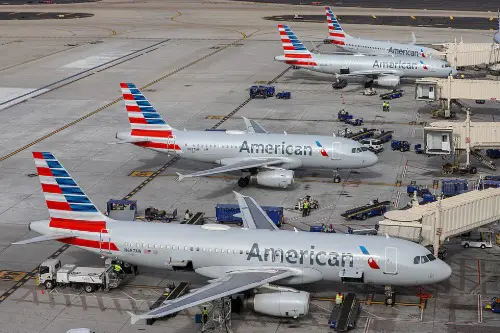
American Airlines was directly hit by 9/11—two of its planes were hijacked during the attacks. The immediate aftermath was devastating: flights were grounded, security protocols overhauled, and public fear of flying soared. But in the years following, American became a leader in adapting to a new era of air travel. It invested heavily in technology, security, and alliances to rebuild trust and market share.
By the mid-2010s, American had merged with US Airways to become the largest airline in the world. Its resurgence was powered by a leaner, more efficient business model and a renewed focus on international routes. The post-9/11 industry shakeup allowed a few giants to consolidate power, and American was at the forefront. From near ruin, it flew back stronger than ever.
9. Cerberus Capital Management – Buying Up Crisis
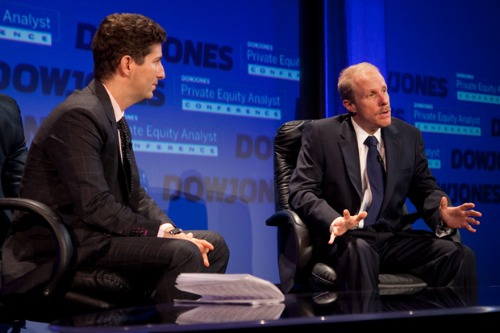
Cerberus Capital Management, a private equity firm, capitalized on post-9/11 uncertainty by buying distressed assets at bargain prices. As industries like aviation, real estate, and finance reeled from the shock, Cerberus swooped in. One of its biggest moves was acquiring companies connected to firearms manufacturing, like Remington, betting on increased demand. They also took over security firms and even dabbled in military contracting.
The firm’s aggressive post-tragedy acquisitions were risky but often paid off handsomely. Cerberus became known for its willingness to jump into chaotic markets and restructure companies from the ground up. In the vacuum created by fear and financial instability, Cerberus saw opportunity. It’s a prime example of how some companies rise by going where others are too scared to tread.
10. Honeywell – The Security Pivot

Before 9/11, Honeywell was best known for thermostats and aerospace components. But after the attacks, the company pivoted hard into security and surveillance technology. It began producing advanced sensors, detection systems, and integrated airport screening tools. Honeywell’s background in control systems made the jump into homeland security seamless.
Its technologies became standard in airports and public buildings around the country. Honeywell also expanded into cybersecurity and critical infrastructure protection, making it a key player in the safety-first mentality that dominated the early 2000s. The shift wasn’t just smart—it was transformative. Honeywell turned a national tragedy into a reinvention opportunity.
11. Northrop Grumman – Eyes in the Sky

Northrop Grumman became a household name in defense circles after 9/11 due to its expertise in surveillance and cybersecurity. The company already had a reputation for building stealth bombers, but post-9/11, its ISR (Intelligence, Surveillance, and Reconnaissance) tech became critical. Its Global Hawk drones were among the most-used assets for tracking insurgents and gathering real-time intelligence. As surveillance became more important, Northrop became indispensable.
They also expanded into cyber operations and missile defense, aligning perfectly with evolving national threats. The company’s stock rose, and it became one of the key architects of America’s 21st-century military strategy. With growing threats both overseas and in cyberspace, Northrop’s expertise became essential. Their rise post-9/11 shows how fast a company can scale when its skills match national fears.
12. General Dynamics – Quietly Becoming Essential
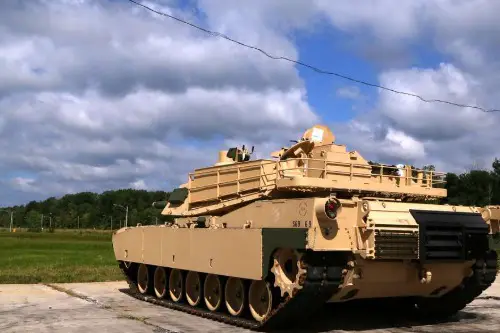
General Dynamics might not be a household name, but it quietly became one of the most important defense companies after 9/11. The wars in Afghanistan and Iraq created demand for armored vehicles, secure communications, and intelligence solutions—areas where General Dynamics excelled. Its Stryker combat vehicles and Gulfstream jets became vital assets for the U.S. military. The company’s ability to deliver under pressure made it a go-to contractor.
As national security budgets ballooned, General Dynamics was well-positioned to take advantage. It won contracts for cybersecurity and IT infrastructure for various government agencies. Its business model expanded from just defense manufacturing to include high-tech intelligence and surveillance systems. The post-9/11 world gave General Dynamics the opening to go from reliable contractor to indispensable asset.


